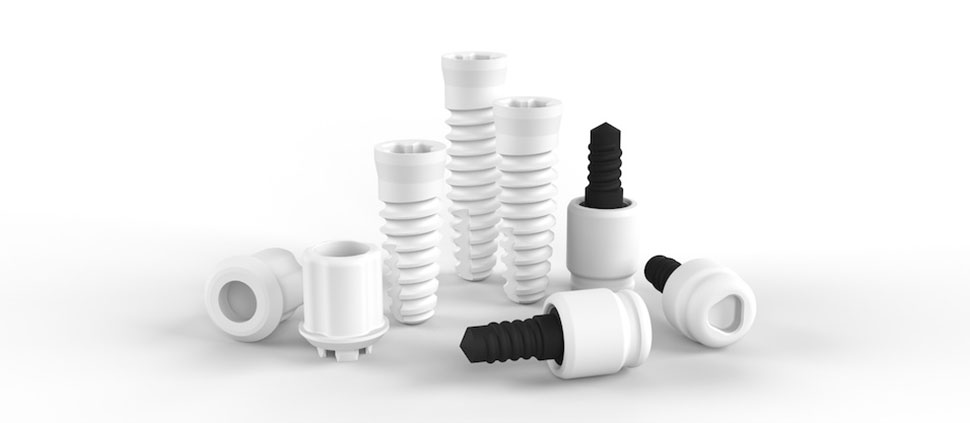For patients with jaw disharmony, orthognathic surgery offers numerous benefits including:
Orthognathic surgery also known as corrective jaw surgery, is performed to improve your jaw functionally and aesthetically.
You may need this surgery if one or both of your jaws are in disharmony, for example, having your upper teeth too far forwards or too far backwards.





















